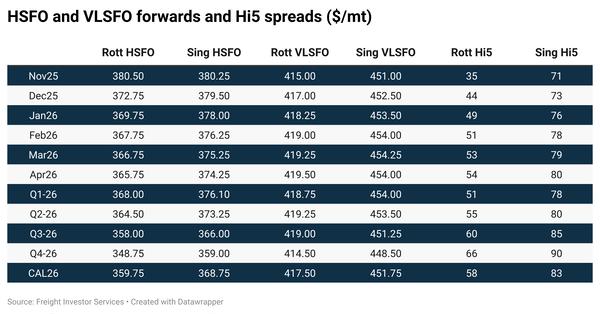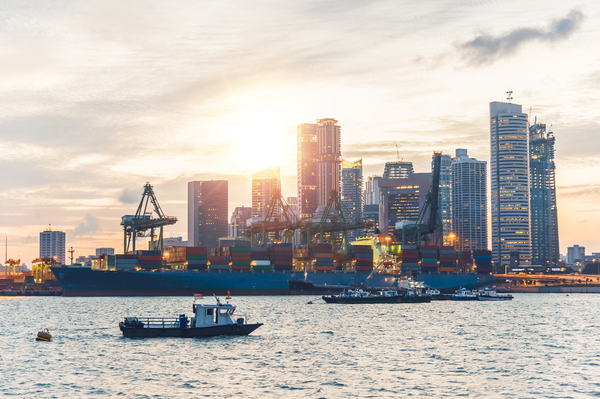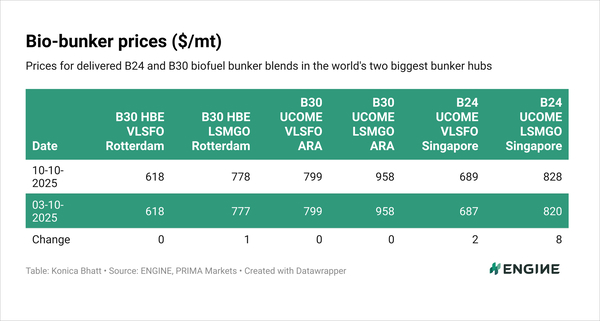Biodiesel looks like the cheapest IMO compliance route - IEA
Biodiesel could make up 5% of bunker fuel demand by 2030 if the IMO's Net-Zero Framework is implemented, the International Energy Agency says.
 IMAGE: The IMO's headquarters in London. Getty Images
IMAGE: The IMO's headquarters in London. Getty Images
The framework is due for a vote later next week. If it gets adopted, it will require ships to gradually cut their well-to-wake greenhouse gas fuel intensity (GFI) from 2028. The GFI will be benchmarked against 2008 levels of 93.30 grams of CO2-equivalent per megajoule (gCO2e/MJ).
In a two-tiered emission reduction system, ships would have to meet a GFI base target of 8% and a direct compliance target of 21% by 2030. These targets then increase to 30% and 43% by 2035, respectively.
Ships that fail to meet the base target must either buy surplus units from overcompliant vessels, use banked compliance or purchase remedial units at $380/mtCO2e. Ships that meet the base target, but not the direct target, would have to buy remedial units at $100/mtCO2e.
Running on biodiesel will be the cheapest way to meet the 2030 base target, the International Energy Agency (IEA) thinks. It could raise operating costs by 7%, compared to purchasing remedial units at an extra cost of 9%. To meet the 2030 direct compliance target, purchasing remedial units would be a cheaper option.
The IEA said that even if the IMO framework does not get adopted, marine biodiesel demand is still expected to double to 1.6 billion litres (1.41 million mt), or around 0.7% of total demand.
Around 1 billion litres (880,000 mt) of these 1.6 billion litres (1.41 million mt) could come from the EU, which already has the FuelEU Maritime and EU Emissions Trading System (EU ETS) regulations in place. Southeast Asian demand could increase by almost a quarter, mainly from vessels bunkering in Singapore before heading to the EU.
Without the IMO framework, biofuel feedstock demand could increase to around 1.5 million mt. This figure could grow sevenfold with a framework in place, the IEA said.
The IMO has not yet defined which biofuel feedstocks will be eligible for GFI reductions and the extent of GFI reductions they can qualify for. That will be determined by an IMO working group through lifecycle assessments, which are expected to be published some time after the framework is due for adoption.
The IMO framework could increase renewable fuel demand by around 0.4 exajoule (EJ) by 2030, and around 2.5-3.5 EJ by 2035, the IEA forecasts.
Biodiesel, renewable diesel and bio-LNG are likely to meet most new demand as they are readily available commercially and compatible with most of the global fleet, the IEA argues.
By Nachiket Tekawade
Please get in touch with comments or additional info to news@engine.online

Contact our Experts
With 50+ traders in 12 offices around the world, our team is available 24/7 to support you in your energy procurement needs.




